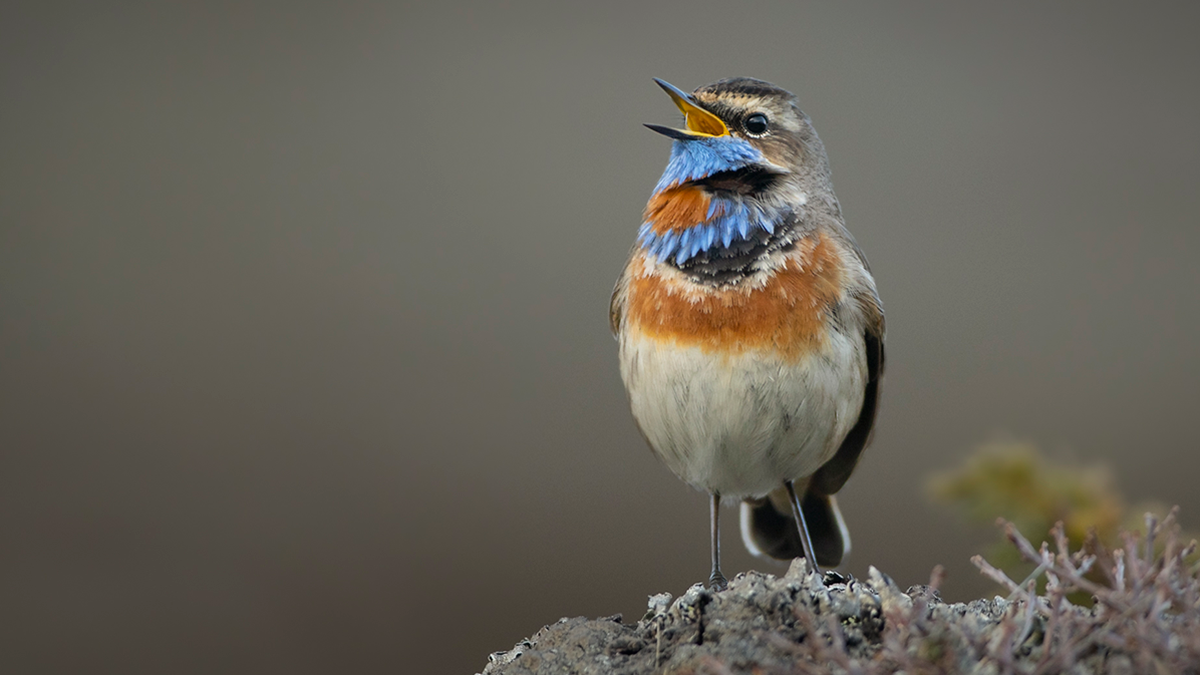Most species on Earth exist in two versions, as males and females. Closely related species often differ only in sexual traits. Thus, sex is a key to understanding evolution and speciation. Researchers in SERG study the importance of sex in evolution at all levels of biological variation, from genes and genomes via gametes to morphology and behaviour, among individuals, populations and species of vertebrates.
Science is about understanding "why" and "how". We seek answers for instance to:
- Why do the sexes look so similar in some species and different in others?
- Why are some species sexually monogamous while others are promiscuous?
- Why are sperm cells so variable in size and shape?
- How does reproductive isolation arise in a speciation process? Are sexual traits crucial?
“Nothing in biology makes sense except in the light of evolution” (Theodosius Dobzhansky 1973)
"Nothing in evolution makes sense except in the light of sex" (SERG 2013)
